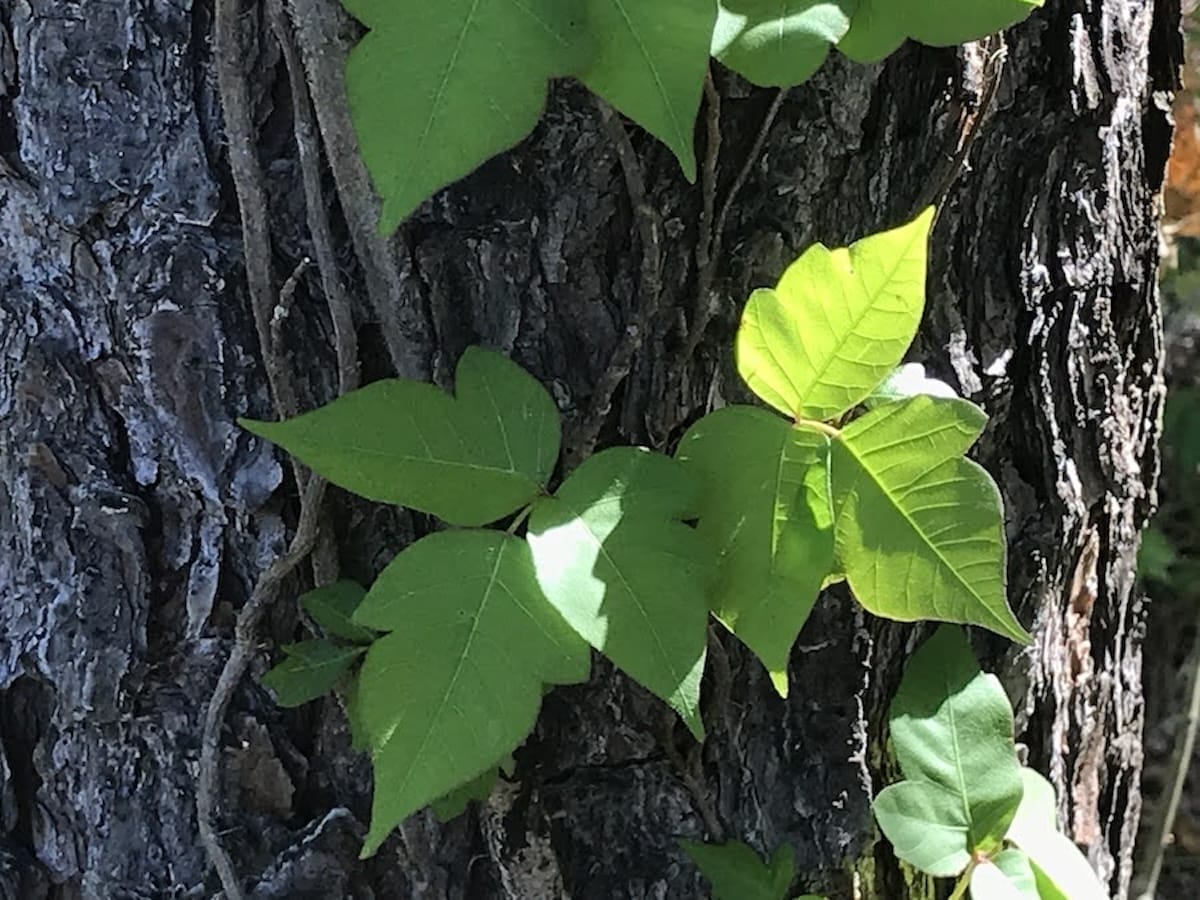

Uh oh...
It appears that you're using a severely outdated version of Safari on Windows. Many features won't work correctly, and functionality can't be guaranteed. Please try viewing this website in Edge, Mozilla, Chrome, or another modern browser. Sorry for any inconvenience this may have caused!
Read More about this safari issue.

We live in a time when many Arkansans are returning to their roots—sometimes quite literally. From foraging wild foods to experimenting with herbal remedies, there’s a growing interest in learning how to live more naturally and lean a little less on pharmaceuticals. But despite what our mothers told us when we were kids, it’s worth remembering: not everything green is good for you.
Some plants that thrive in Arkansas can cause serious irritation—or worse—if they are handled or ingested. Whether you’re out hiking, tending a backyard garden or teaching kids about nature, a little knowledge about toxic plants in Arkansas can save a lot of discomfort.

Poison Ivy
Poison ivy is easily Arkansas’s most common troublemaker. It grows just about everywhere—in the woods, along fences, around creeks and even in well-kept yards.
I used to be one of the 15% of people who weren’t allergic to poison ivy. Until I moved to Arkansas. Suddenly, just looking at poison ivy seemed to set off a nasty rash. Turns out, there are different types of poison ivy in different states, and the Southern varieties are particularly potent.
“Leaves of three, let them be.” It’s an old rhyme, but it works.
Look for clusters of three leaflets, with the middle leaf typically having a longer stem. Leaves can be shiny or dull, smooth or toothed, and may show red tones in early spring and fall.
In Arkansas, poison ivy grows in two forms:
- Climbing poison ivy — hairy vines that climb trees and fences.
- Ground-growing poison ivy — small shrubs or low-growing plants.
Why It Causes a Rash
Poison ivy produces urushiol, an oil that causes an allergic skin reaction in about 85% of people. You can’t spread poison ivy rash to others unless you transfer the oil. But beware: urushiol can stick to clothing, pet fur, and garden tools long after exposure.
What To Do If You’re Exposed
- Wash the area with soap and water as soon as possible (within 8 hours is best).
- Use a washcloth to help scrub the oil away.
- Products like Technu Extreme can help remove oils and soothe itching.
- Severe cases may require a visit to the doctor.

Poison Oak & Poison Sumac
While poison ivy receives all the attention, poison oak and poison sumac can also cause the same itchy, blistering rash—thanks to the same urushiol oil.
Poison Oak
- Looks like poison ivy, but has oak-like leaves.
- Grows as a low shrub.
- Less common in Arkansas but present in some wooded areas.
Poison Sumac
- Thankfully, poison sumac is not found in Arkansas.

Public Domain
Pokeweed
If you see tall plants with reddish purple stems and clusters of dark purple berries, you’ve found pokeweed. It’s a striking native plant that is highly toxic. The berries, roots, and mature leaves contain toxins that can cause nausea, vomiting, cramping and more serious illnesses. Children and pets are especially at risk of accidental ingestion.
The Curious Case of Poke Sallet
In some parts of the South (such as my mother-in-law’s kitchen), poke sallet (poke salad or poke salat) is still a traditional dish. The young poke leaves are carefully harvested and then boiled multiple times to reduce toxins. Folk singer Tony Joe White even wrote a hit song called “Polk Salad Annie” that was made famous by Elvis Presley.
Unless you’re trained in preparing poke safely, it’s best to leave this plant alone.

Poison Hemlock
Poison hemlock is an attractive plant with tall stems, delicate fern-like leaves and umbrella-shaped clusters of small white flowers. But don’t be fooled—every part of the plant is highly toxic. Poison hemlock has been spreading in northwest Arkansas in recent years, appearing along roadsides, trails and open fields.
Poison hemlock is particularly dangerous because it contains powerful alkaloids that can cause respiratory failure if ingested. Even handling large amounts (such as when weeding) can irritate skin in sensitive individuals.
Poison hemlock looks a lot like Queen Anne’s lace, so it’s important not to confuse the two.
Historical Note: Poison hemlock is infamous as the plant that killed Socrates, who was sentenced to drink a hemlock infusion in ancient Greece.

Kids and Plants
Arkansas is full of beautiful plants, colorful berries and intriguing mushrooms—but many of them are unsafe to eat. It’s especially important to teach children not to snack on unknown plants. Many edible and poisonous varieties of plants and mushrooms can resemble each other.
If you suspect a child (or pet) has eaten something questionable, call Poison Control immediately: 1-800-222-1222.
Arkansas is home to a diverse array of interesting and beautiful plants, many of which have beneficial uses, while others are best left alone. As more people explore foraging, wildcrafting and natural remedies, it’s important to approach that curiosity with a bit of caution and good sense.
Take time to learn about the plants around you, especially before handling or harvesting them. A little knowledge about toxic plants can go a long way toward keeping your outdoor adventures safe and enjoyable.
Enjoy the trails, observe the woods and keep exploring—just make sure you know what you’re looking at first.
Interested in learning more about Arkansas plants? Check out these articles:
We do the work.
You check your email.
Sign up for our weekly e-news.
Get stories sent straight to your inbox!









Like this story? Read more from Julie Kohl
December in Arkansas brings a peaceful mix of chilly mornings, bright...
The holidays can be a joyful time, but they can also be difficult for...
Before I even begin to debate over cornbread and white bread when it...
Join the Conversation
Leave a Comment